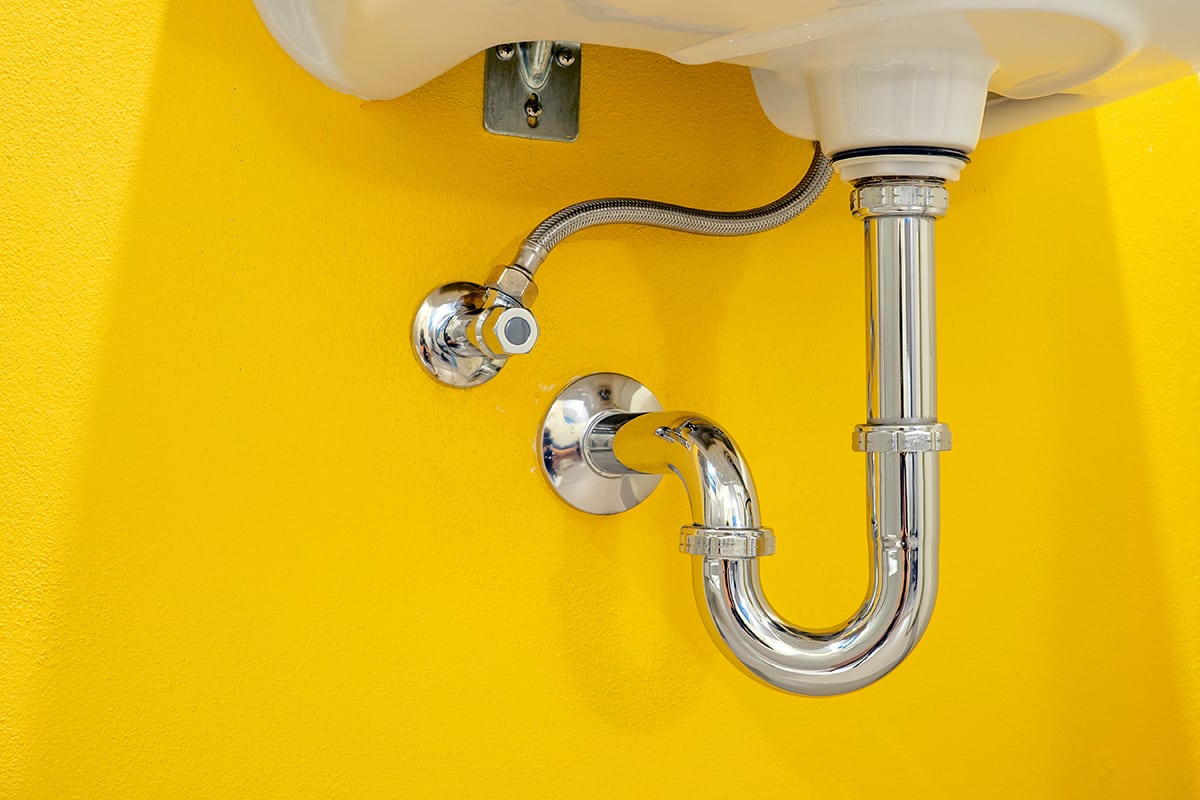

Articles
What Size Pipe Do I Need For A Sink Drain?
Modified: December 7, 2023
Looking for articles on what size pipe to use for your sink drain? Find all the information you need to ensure a proper installation.
(Many of the links in this article redirect to a specific reviewed product. Your purchase of these products through affiliate links helps to generate commission for Storables.com, at no extra cost. Learn more)
Introduction
When it comes to installing a sink, one crucial aspect that often gets overlooked is the size of the drain pipe. Proper drain pipe sizing is essential for optimal drainage performance and preventing potential plumbing issues down the line. Choosing the right pipe size ensures efficient flow of wastewater and prevents clogs or backups.
In this article, we will delve into the importance of proper drain pipe sizing for sink installations. We will explore the factors you need to consider when selecting the right pipe size and provide insights on common pipe sizes used in sink drainage systems. Additionally, we will guide you on how to determine the correct pipe size for your sink drain and offer installation tips for optimal performance.
Understanding the significance of proper drain pipe sizing is essential for any homeowner or DIY enthusiast looking to install or replace a sink. Read on to discover valuable insights and expert tips to ensure your sink drains effectively and efficiently.
Key Takeaways:
- Proper drain pipe sizing is crucial for efficient sink drainage, preventing clogs, backups, and ensuring smooth water flow. Consider fixture unit capacity, drain slope, and local codes for optimal sizing.
- When installing a sink, use high-quality materials, ensure proper ventilation, and follow manufacturer’s instructions for optimal drainage performance. Regular testing and inspection help prevent leaks and drainage issues.
Read more: What Size Pipe For Washer Drain
Understanding the Importance of Proper Drain Pipe Sizing
Proper drain pipe sizing is a critical factor in maintaining the functionality and longevity of a sink drainage system. It ensures the efficient flow of wastewater from the sink to the main sewer line or septic system. When the drain pipe is too small, it restricts the flow of water, leading to slow drainage, clogs, and potential backups. Conversely, using a drain pipe that is too big can result in inadequate water flow, which can also cause drainage problems.
One of the primary reasons for considering proper drain pipe sizing is to prevent clogs. When the pipe is not appropriately sized, debris, food particles, grease, and other substances may accumulate and block the flow of water. Over time, this can result in foul odors, unsanitary conditions, and even damage to the plumbing system.
Another significant benefit of proper drain pipe sizing is the prevention of backups. A backed-up sink can cause immense inconvenience, as it renders the sink unusable and can lead to water damage in the surrounding area. Additionally, backups can result in expensive repairs and potentially pose a health hazard if wastewater overflows into the living space.
Furthermore, using the correct drain pipe size ensures that the sink drainage system works efficiently. When the pipe is appropriately sized, water can flow freely, allowing for quick and effective disposal of wastewater. This not only saves time but also conserves water and reduces the strain on the plumbing system.
Overall, proper drain pipe sizing is crucial for maintaining a well-functioning sink drainage system. It prevents clogs, backups, and inefficiencies, ensuring a smooth and hassle-free experience in the kitchen or bathroom. By investing time and effort into selecting the right pipe size for your sink, you can avoid plumbing headaches and enjoy reliable drainage for years to come.
Factors to Consider When Choosing the Right Pipe Size for Sink Drains
Choosing the right pipe size for your sink drain involves considering several important factors. By taking these factors into account, you can ensure optimal drainage performance and minimize the risk of plumbing issues. Below are the key factors to consider:
- Fixture Unit Capacity: The first factor to consider is the fixture unit capacity, which refers to the amount of water the sink will produce during normal use. Different types of sinks have varying fixture unit capacities, so it’s essential to know the specific requirements for your sink model. You can typically find this information in the manufacturer’s specifications or consult a plumbing professional for guidance.
- Drain Slope: The slope of the drain pipe impacts the flow of water. A steeper slope allows for faster water movement, while a shallower slope may lead to slower drainage. It’s crucial to follow local building codes and guidelines for the recommended slope for drain pipes in your area.
- Drain Pipe Material: The material of the drain pipe can affect its capacity and resistance to clogs. Common materials for drain pipes include PVC (polyvinyl chloride), ABS (Acrylonitrile Butadiene Styrene), and cast iron. Consider the pros and cons of each material to choose the one that suits your needs.
- Distance to Main Sewer Line: The distance between the sink and the main sewer line plays a role in determining the appropriate pipe size. Longer distances may require larger pipe sizes to maintain adequate flow and prevent drainage issues.
- Local Building Codes: It’s important to consider local building codes and regulations when determining the right pipe size for sink drains. Different areas may have specific requirements for drain pipe sizing to ensure compliance with plumbing standards.
By carefully considering these factors, you can make an informed decision when selecting the right pipe size for your sink drain. It’s always advisable to consult a professional plumber to ensure accurate calculations and adherence to local plumbing codes.
Common Pipe Sizes for Sink Drainage Systems
When it comes to sink drainage systems, there are several commonly used pipe sizes that you can choose from. The specific pipe size required for your sink will depend on factors such as the fixture unit capacity, drain slope, and local building codes. Below are some of the common pipe sizes used for sink drainage systems:
- 1 ¼ inch (32 mm): This is the most common pipe size used for residential sink drains. It is suitable for standard bathroom and kitchen sinks that produce a moderate amount of wastewater. The 1 ¼ inch pipe provides adequate flow capacity for most household applications.
- 1 ½ inch (38 mm): The 1 ½ inch pipe size is typically used for larger sinks or sinks that experience heavier use. It provides a higher flow capacity than the 1 ¼ inch pipe and is commonly used for commercial sinks or sinks that are used frequently, such as in restaurants or industrial kitchens.
- 2 inch (50 mm): The 2 inch pipe size is often used for sinks with high fixture unit capacities or sinks that are located further away from the main sewer line. It allows for a larger volume of water to flow through, accommodating higher drainage demands.
- 3 inch (76 mm) or larger: In some cases, such as commercial or industrial settings, larger pipe sizes may be required for sinks with extremely high fixture unit capacities or extensive drainage requirements. These larger pipe sizes are typically used for specialized applications.
It’s important to note that the choice of pipe size for your sink should be based on careful consideration of the factors mentioned earlier. Depending on your specific needs and the requirements of your sink, you may require a different pipe size than what is listed above. Consulting a professional plumber is recommended to ensure accurate sizing and compliance with local plumbing codes.
By selecting the appropriate pipe size for your sink drainage system, you can ensure efficient flow and prevent common plumbing issues such as clogs, slow drainage, and backups.
When determining the size of pipe for a sink drain, it’s important to consider the flow rate and the type of sink. For most kitchen sinks, a 1 1/2-inch pipe is sufficient, while bathroom sinks typically use a 1 1/4-inch pipe. Always check local plumbing codes for specific requirements.
Determining the Correct Pipe Size for Your Sink Drain
Choosing the correct pipe size for your sink drain is essential for proper drainage and preventing plumbing issues. While it’s always advisable to consult a professional plumber for an accurate assessment, you can use some general guidelines to help determine the appropriate pipe size. Here are steps to follow in determining the correct pipe size for your sink drain:
- Calculate Fixture Unit Capacity: Determine the fixture unit capacity of your sink, which refers to the amount of water it produces during normal use. This information is typically available in the manufacturer’s specifications or can be obtained from a plumbing professional. Fixture unit values are assigned to different types of sinks based on their drainage requirements.
- Consider Drain Slope: Take into account the recommended drain slope for your area. The slope affects the flow of water in the drain pipe. Local building codes usually specify the minimum slope required for efficient drainage. Ensure that the pipe size you choose can accommodate the required slope while maintaining proper flow.
- Consult Plumbing Codes: Check local plumbing codes to determine if there are specific requirements for pipe sizes in your area. Some regions may have regulations that dictate the minimum size of drain pipes based on the fixture unit capacity, distance to the main sewer line, or other factors.
- Seek Professional Advice: When in doubt, it’s always best to consult with a professional plumber. They can provide accurate calculations based on your specific sink and drainage requirements. A plumber will have the expertise and knowledge to ensure that the correct pipe size is chosen, preventing future plumbing problems.
Keep in mind that these steps provide a general approach to determining the correct pipe size for your sink drain. The complexity of your plumbing system and the specific requirements of your sink may necessitate professional assistance. Hiring a plumber will ensure that the chosen pipe size aligns with local codes and provides efficient drainage for your sink.
By taking the time to determine the correct pipe size for your sink drain, you can avoid complications such as clogs, backups, and inefficient drainage. Trusting the expertise of a professional plumber will give you peace of mind, knowing that your sink drainage system is set up for optimal performance.
Read more: What Size Pipe For Toilet Drain
Installation Tips for Optimal Drainage Performance
Proper installation of the sink drain is crucial for optimal drainage performance and to prevent potential plumbing issues. Follow these tips to ensure your sink drain functions effectively:
- Use High-quality Materials: Invest in high-quality materials for your sink drain installation. This includes durable pipes, fittings, and seals that are resistant to corrosion and leaks. Using quality materials will help prevent future issues and ensure long-lasting performance.
- Proper Ventilation: Install a vent pipe to prevent airlock and promote smooth drainage. Ventilation allows air to flow freely through the drainage system, preventing suction that can hinder water flow and cause gurgling noises. Consult local building codes for specific requirements regarding vent pipe placement and sizing.
- Secure Connections: Ensure that all connections between pipes and fittings are tightly secured to prevent leaks. Use appropriate sealants, such as plumber’s tape or pipe thread sealant, to create watertight connections. Inspect the connections regularly for any signs of moisture or leaks and address them promptly.
- Proper Slope: Install the drain pipe with the proper slope to allow for efficient water flow. Ideally, the pipe should slope downward at a minimum of 1/4 inch per foot to ensure gravity-assisted drainage. This slope prevents water from pooling and facilitates the movement of wastewater towards the main sewer line or septic system.
- Clean and Clear Drains: Before installing the new sink, thoroughly clean the drain pipes to remove any debris or obstructions. This ensures unhindered flow and prevents clogs from occurring soon after installation. Regularly clean and maintain the sink drain to prevent buildup and blockages.
- Follow Manufacturer’s Instructions: Carefully read and follow the manufacturer’s instructions for the specific sink and drain components you are installing. Each sink may have unique requirements, and following the instructions will help ensure proper installation and optimal drainage performance.
- Test and Inspect: After installing the sink drain, thoroughly test and inspect the system to check for any leaks or drainage issues. Run water through the sink and observe if it drains efficiently without any backups. If you notice any problems, address them immediately to prevent further damage or complications.
By following these installation tips, you can ensure optimal drainage performance and prevent potential plumbing problems. Remember, if you are unsure about any aspect of the installation process, it is always best to consult a professional plumber who can provide expert guidance and assistance.
Conclusion
Proper drain pipe sizing is a crucial consideration when installing a sink to ensure optimal drainage performance and prevent plumbing issues. By choosing the correct pipe size, you can ensure efficient flow of wastewater, reduce the risk of clogs and backups, and maintain a functional and reliable sink drainage system.
When determining the right pipe size for your sink drain, factors such as fixture unit capacity, drain slope, drain pipe material, distance to the main sewer line, and local building codes should be taken into account. Consulting a professional plumber can provide accurate calculations and ensure compliance with plumbing standards.
Common pipe sizes for sink drainage systems include 1 ¼ inch, 1 ½ inch, and 2-inch pipes. The specific size required will depend on the fixture unit capacity, sink type, and other considerations. It’s important to choose the appropriate pipe size to facilitate efficient water flow and prevent drainage issues.
During installation, use high-quality materials, secure connections tightly, provide proper ventilation, and ensure the correct slope for optimal drainage performance. Cleaning the drains before installation and following the manufacturer’s instructions are also essential. Regular testing and inspection of the system help identify and address any leaks or drainage problems.
In conclusion, proper drain pipe sizing and installation are crucial for maintaining the functionality and efficiency of your sink drainage system. By taking the necessary steps to select the right pipe size, using quality materials, and following proper installation techniques, you can ensure optimal drainage performance and prevent potential plumbing headaches. When in doubt, it is always best to consult with a professional plumber to ensure accurate sizing and adherence to local plumbing codes.
Frequently Asked Questions about What Size Pipe Do I Need For A Sink Drain?
Was this page helpful?
At Storables.com, we guarantee accurate and reliable information. Our content, validated by Expert Board Contributors, is crafted following stringent Editorial Policies. We're committed to providing you with well-researched, expert-backed insights for all your informational needs.
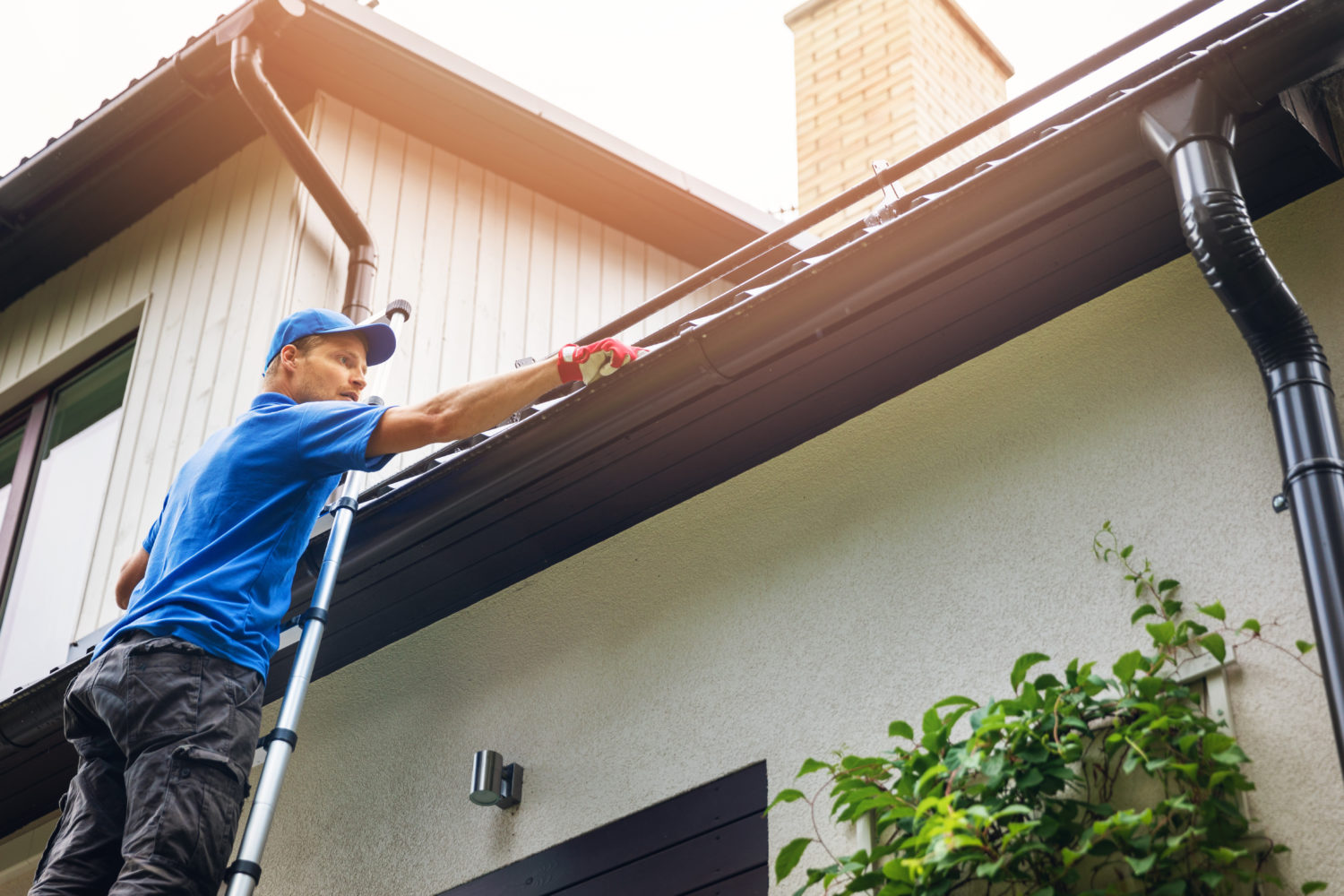

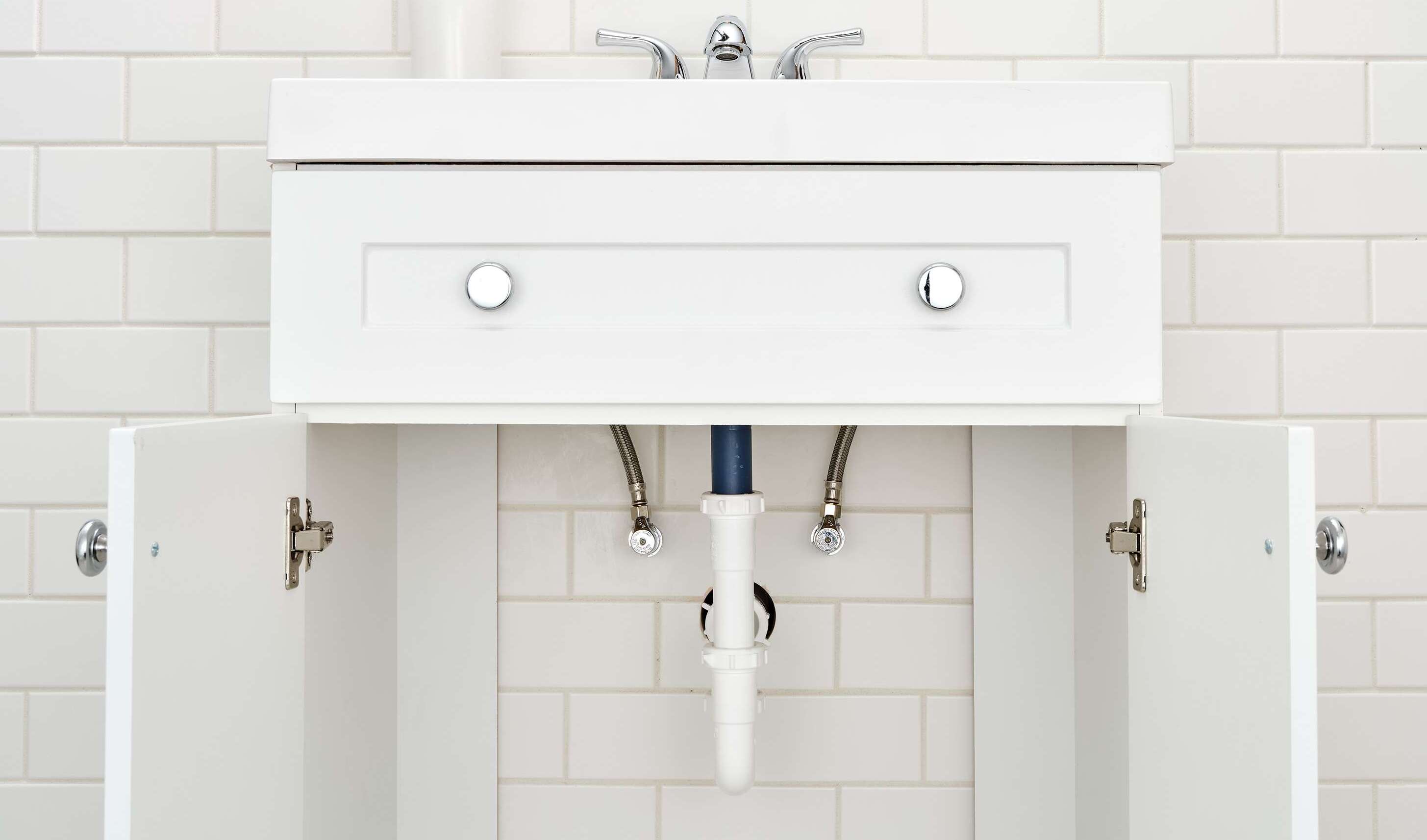





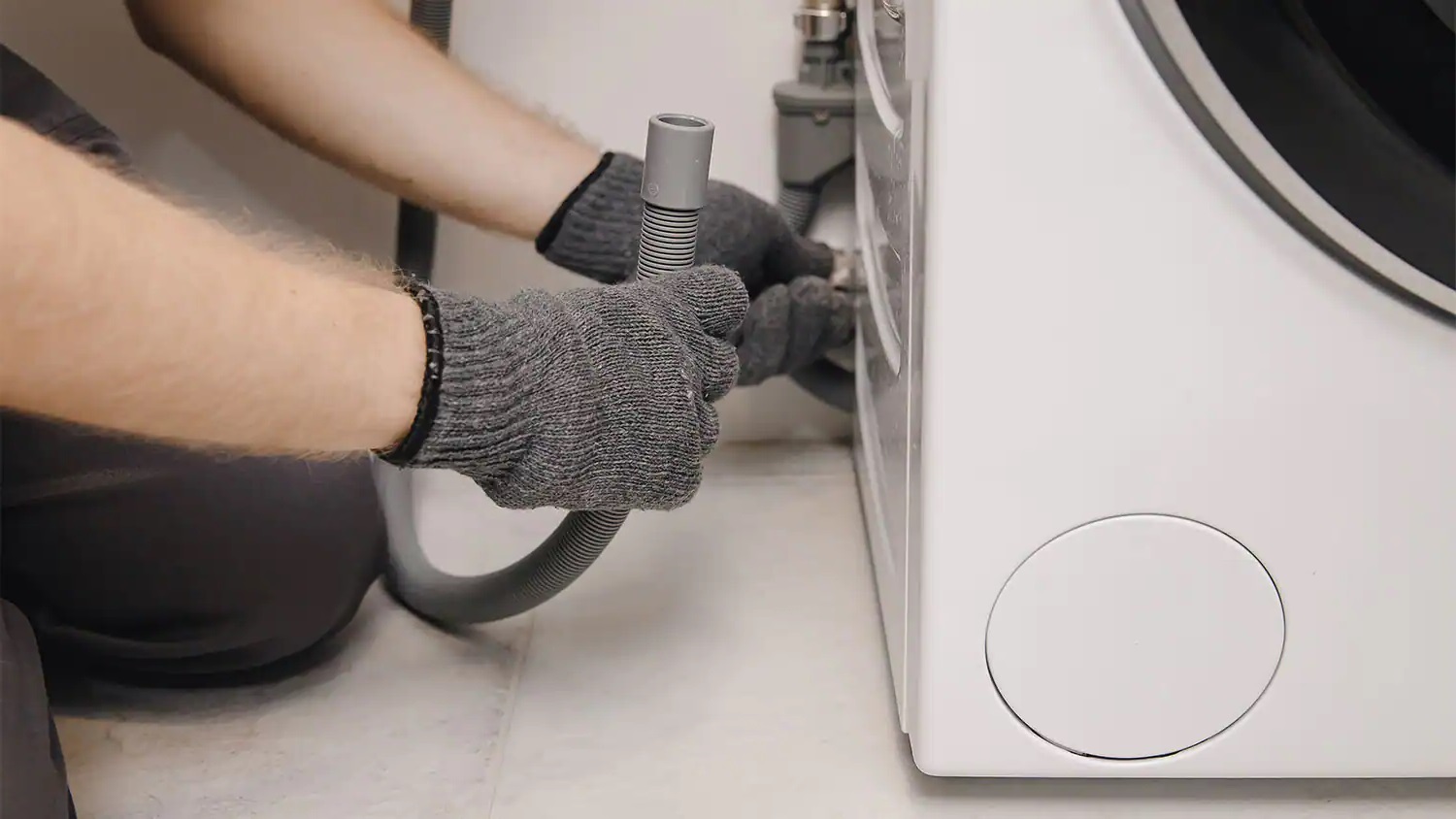

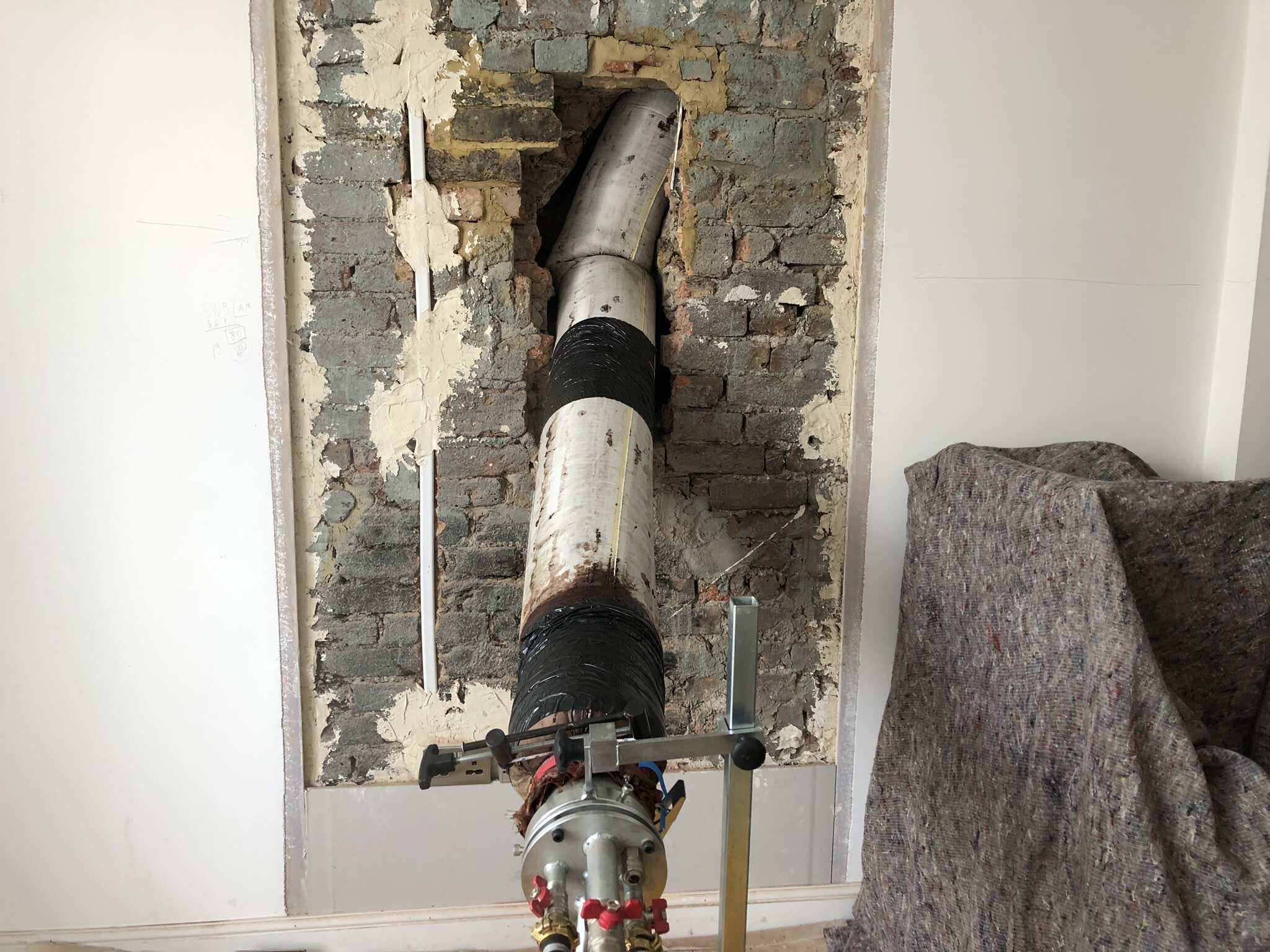
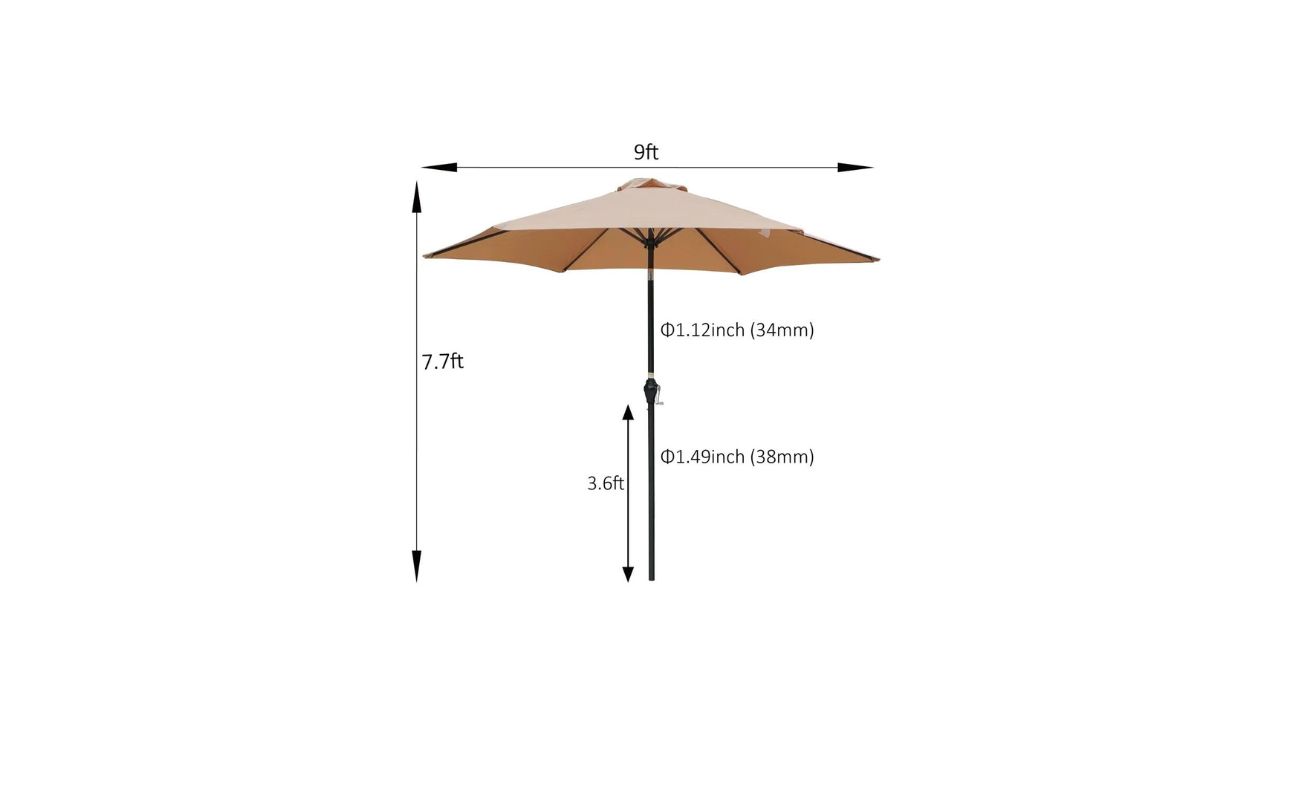

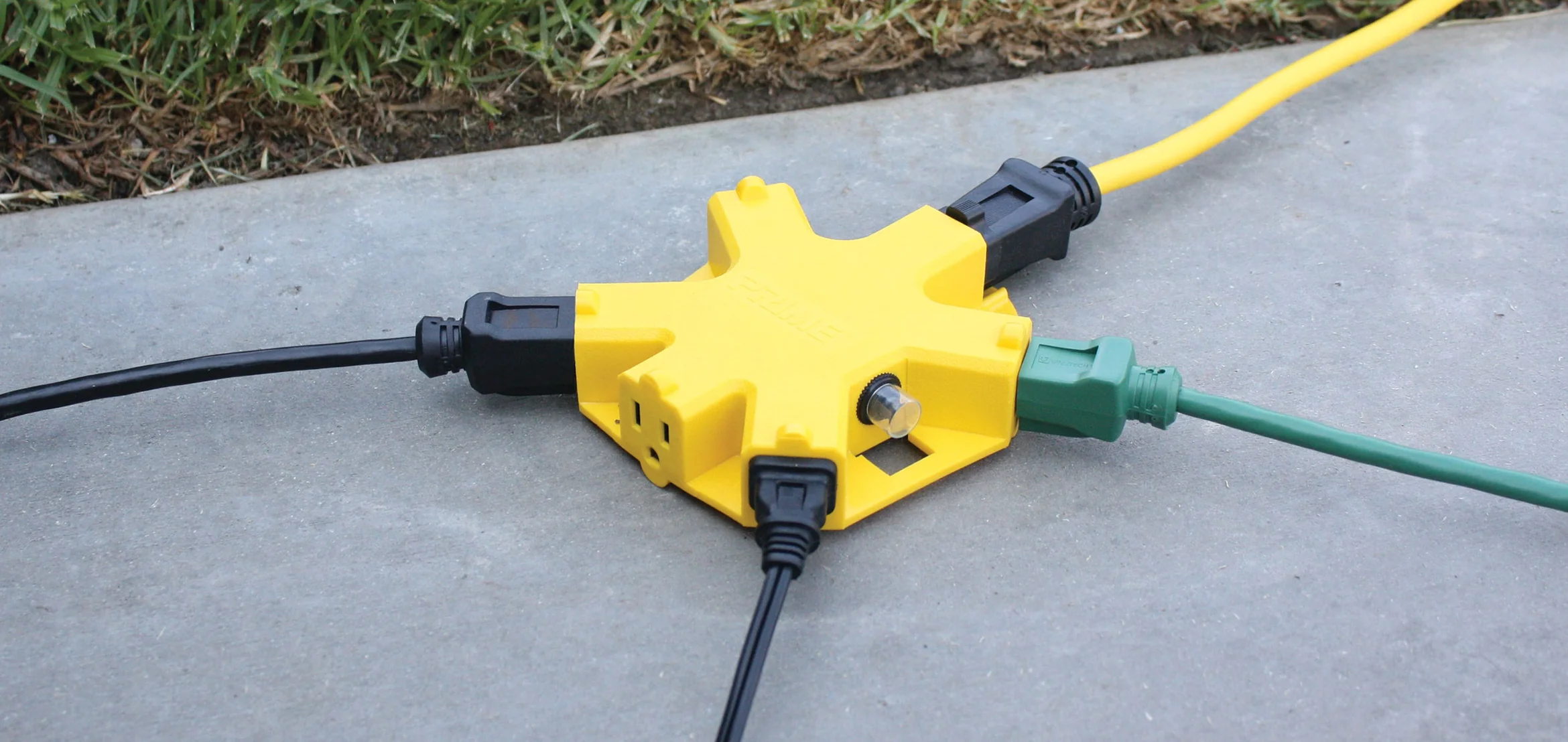

0 thoughts on “What Size Pipe Do I Need For A Sink Drain?”